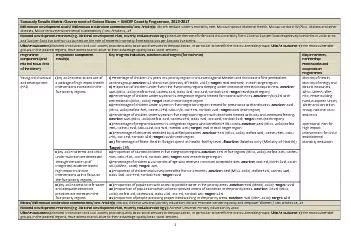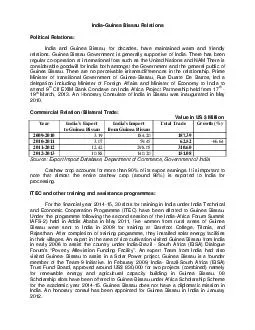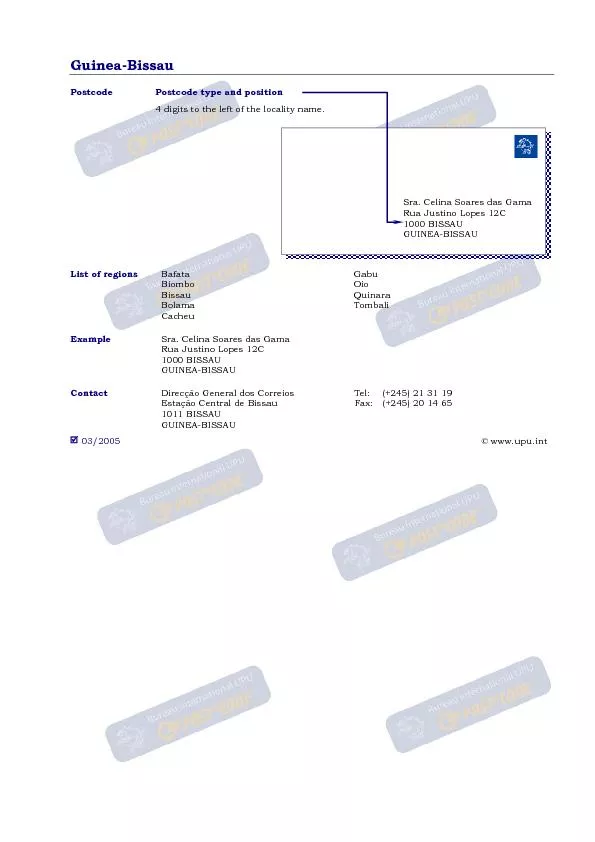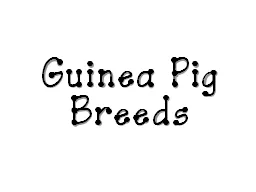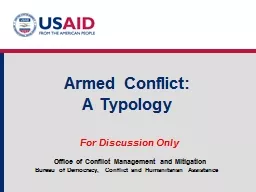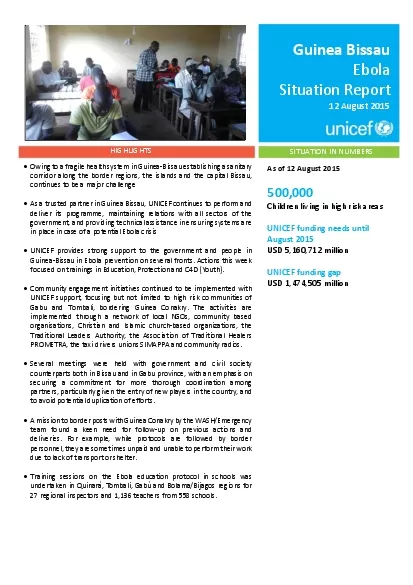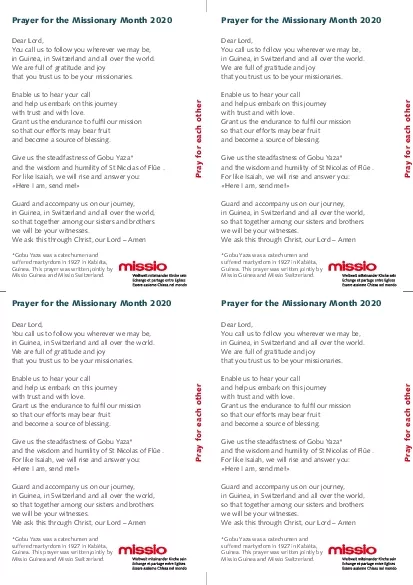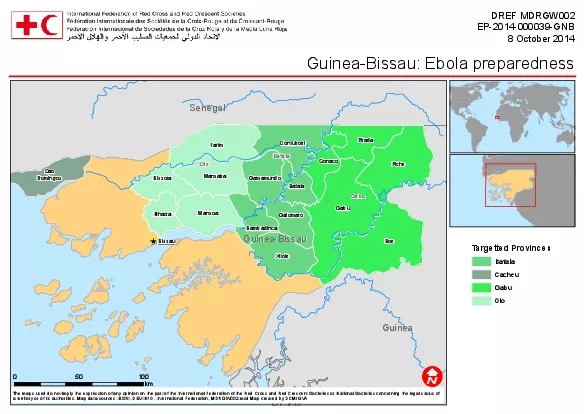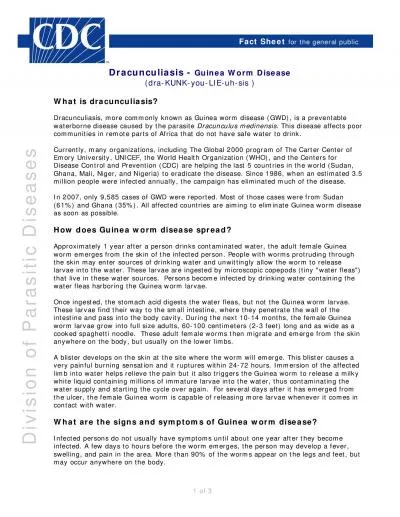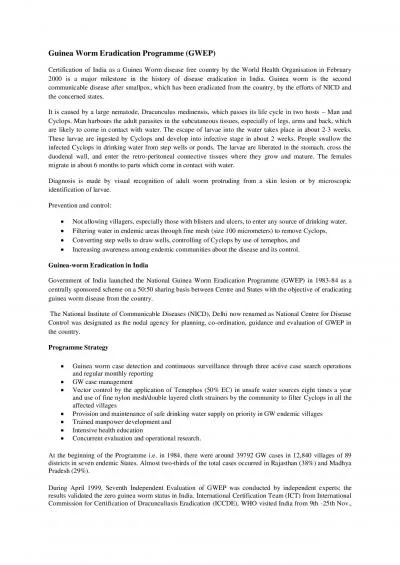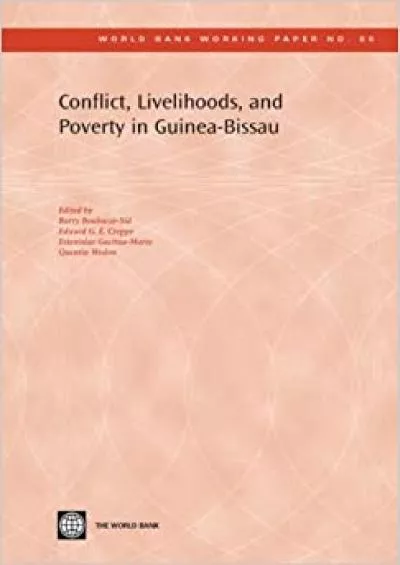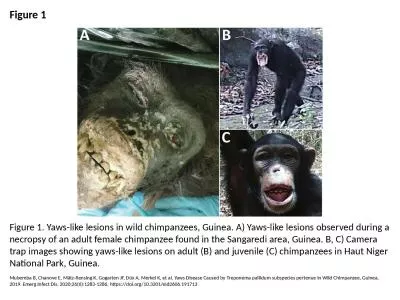PDF-Summary Results Matrix: Government of Guinea Bissau
Author : cappi | Published Date : 2021-02-11
1 UNICEF Country Programme 2013 2017 Millennium Development Goals Millennium Declaration Commitments CRC Articles MDG4 Reduce under 5 mortality rate MDG5 Improve
Presentation Embed Code
Download Presentation
Download Presentation The PPT/PDF document "Summary Results Matrix: Government of Gu..." is the property of its rightful owner. Permission is granted to download and print the materials on this website for personal, non-commercial use only, and to display it on your personal computer provided you do not modify the materials and that you retain all copyright notices contained in the materials. By downloading content from our website, you accept the terms of this agreement.
Summary Results Matrix: Government of Guinea Bissau: Transcript
Download Rules Of Document
"Summary Results Matrix: Government of Guinea Bissau"The content belongs to its owner. You may download and print it for personal use, without modification, and keep all copyright notices. By downloading, you agree to these terms.
Related Documents

